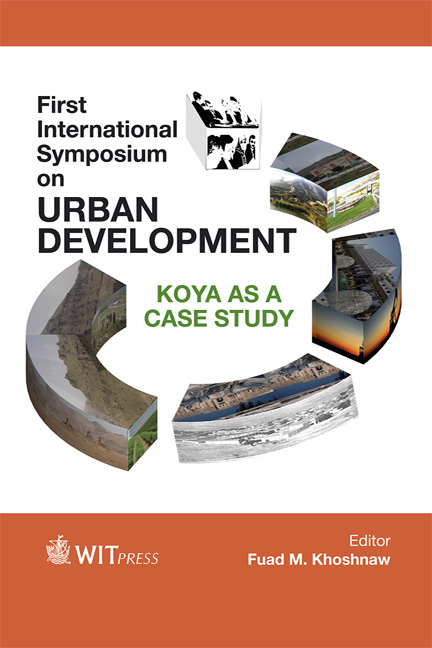Comparison Of Centralized, Semi-centralized And Decentralized Sanitation Systems
Price
$38.00
Volume
77
Pages
9
Page Range
159 - 167
Published
2014
Size
403 kb
Paper DOI
10.2495/ISUD130191
Copyright
WIT Press
Author(s)
I. Obermann & K. Sattler
Abstract
This study assists in identifying suitable and sustainable sanitation systems under specific local conditions. In order to fulfil this objective, two different assessments were conducted. Six selected decentralized, semi-centralized and centralized sanitation systems were assessed against five sustainability key groups and their subcriteria. Afterwards, the suitability of the sanitation systems under six defined local scenarios was evaluated. An overview about advantages and disadvantages of the six sewage systems and their field of application was given. The developed system was exemplarily applied to the city of Shillong (India) resulting in the step by step implementation of different measures. Since the implementation of a large central sewage system requires long time periods, dividing the implementation process into various phases with interim stages is suitable in order to take early action on increasing the quality of surface waters and public health. This is done to mitigate health risks for the population while mid- and long-term measures are performed. The combination of different measures is inevitable. Keywords: decentralized, semi-centralized, centralized sanitation, constructed wetlands, household septic tank, waste water treatment plant, assessment.
Keywords
decentralized, semi-centralized, centralized sanitation, constructed wetlands, household septic tank, waste water treatment plant, assessment





